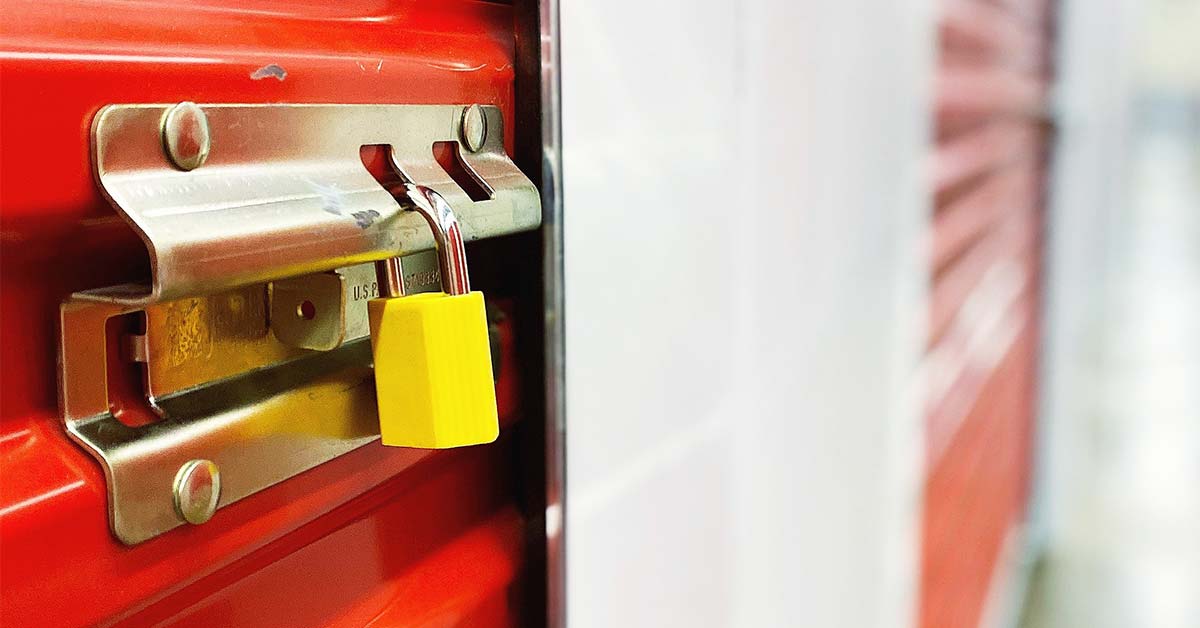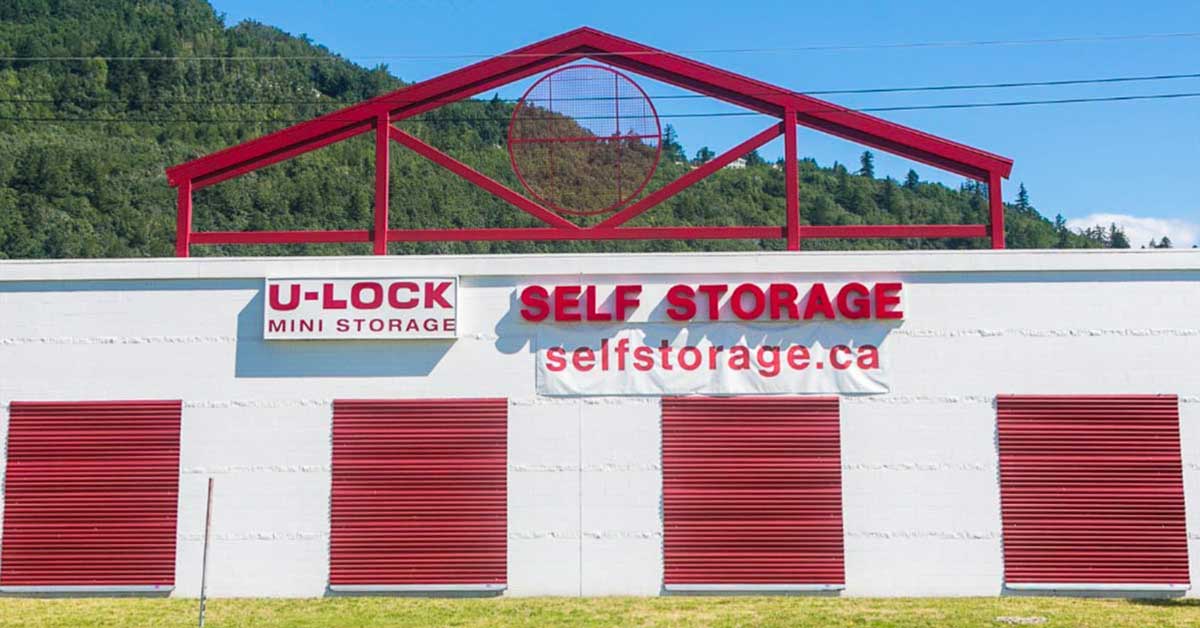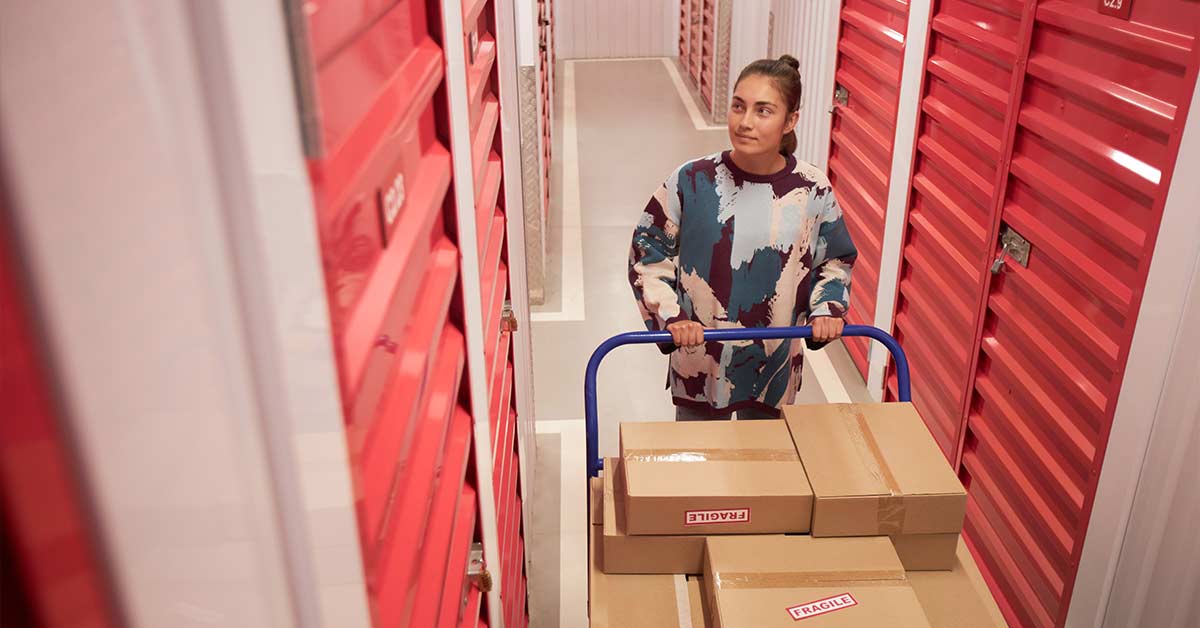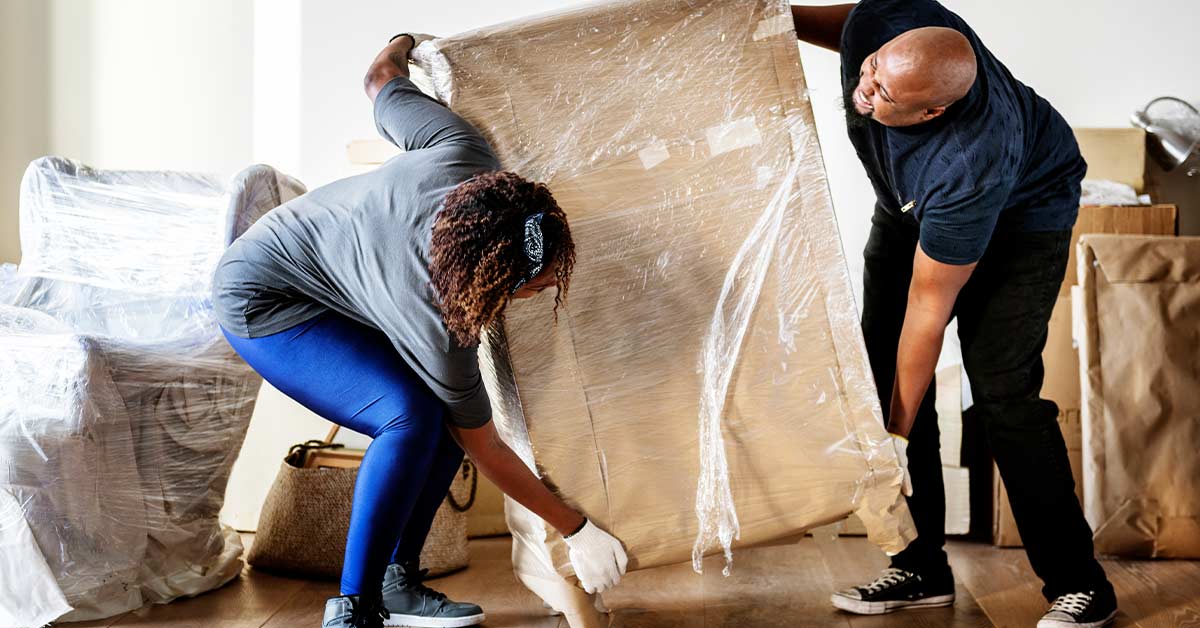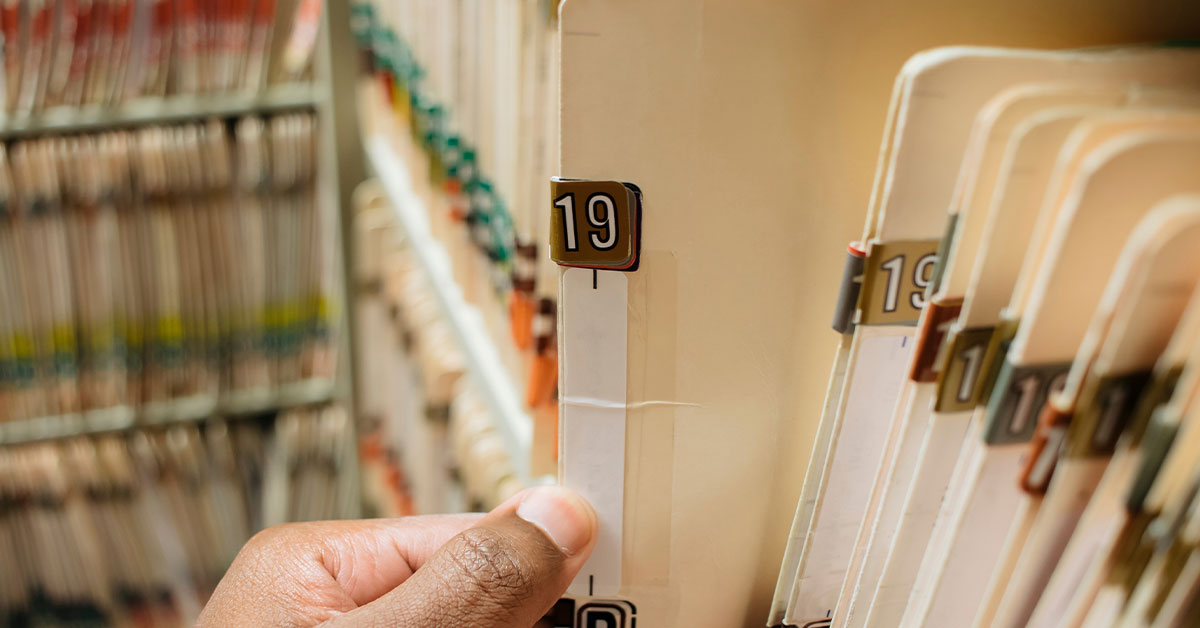At U-Lock Mini Storage, we know that renting a storage unit can feel overwhelming, especially if it’s your first time. Maybe you’ve just moved to a new city and need a place to store your extra stuff. Or perhaps you’re downsizing your home temporarily and need somewhere to keep your belongings safe. Whatever your situation, our team is here to help you navigate the process.
Here are some self storage tips to help you along the way:
1. Find the Best Deals: Before you rent, do some research to find the best deals in your area. Many facilities offer discounts and specials, so be sure to shop around.
2. Choose the Right Size: Don’t guess when it comes to the size of your storage unit. Take inventory of what you plan to store and measure larger items to ensure you choose the right size.
3. Indoor vs. Outdoor: Consider whether you need an indoor or outdoor unit. Indoor units may cost more but offer added protection, while outdoor units are convenient for larger items.
4. Get Insurance: Make sure your belongings are protected by getting insurance for your storage unit. This can be done through renter’s insurance, homeowner’s insurance, or through the storage facility itself.
5. Keep Your Belongings Safe: Invest in a sturdy lock for your unit and make sure the facility has adequate security measures in place.
6. Organize Your Unit: Plan how you’ll organize your unit before you start packing. Use shelves or pallets to keep items off the floor and create aisles for easy access.
7. Pack Correctly: Pack your items carefully to avoid damage. Use plastic totes instead of cardboard boxes and consider climate-controlled storage for fragile items.
8. Give Proper Notice: If you plan to move out, make sure you give proper notice to avoid extra charges. Familiarize yourself with the facility’s rules and payment schedule to avoid any surprises.
Renting a storage unit doesn’t have to be complicated. With these tips in mind, you’ll be well on your way to finding the perfect storage solution for your needs. Happy storing!

